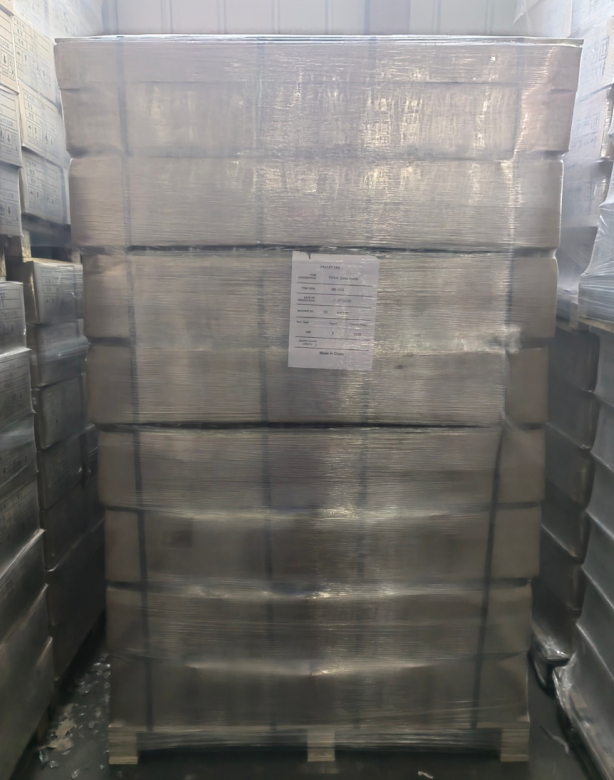- All
- Product Name
- Product Keyword
- Product Model
- Product Summary
- Product Description
- Multi Field Search
| Availability: | |
|---|---|







330ml Amber Longneck Beer Bottle
Engineered for brewers demanding uncompromising quality control, this industry-standard 330ml amber bottle leverages advanced glass chemistry to block 99% of photodegradation-triggering wavelengths (350–500nm). Its optimized iron-sulfide matrix preserves delicate hop terpenes and iso-alpha acids through extended distribution cycles, while the ergonomic longneck design ensures compatibility with high-speed rotary fillers and crown cappers. Featuring reinforced heel geometry for 15-high palletization stability and 30–45% post-consumer recycled content verified via blockchain-tracked cullet, it’s the definitive vessel for IPAs, functional beverages, and craft sodas prioritizing flavor integrity across complex supply chains.
Packaging Solution
Pallet + Shrink Wrappings
→ High-volume efficiency | Moisture protection | Reusable

FAQ
1.Independent studies show amber glass doesn’t prevent dissolved oxygen (DO) ingress—how does your design address oxidation without barrier coatings?
While amber glass itself is oxygen-permeable, our manufacturing process optimizes surface compaction to achieve <0.0005 cc/pkg/day O₂ transmission (ASTM F1307). Combined with industry-best crown cap liners (EVOH barrier, 0.002 cc O₂ transmission), total package DO pickup remains below 10 ppb/month—critical for hazy IPAs. We recommend pairing with oxygen-scavenging caps and purging with >15 ppm DO in headspace for 180-day stability.
2.During cullet shortages, how do you maintain amber color consistency without compromising recycled content commitments?
Our patented cullet compensation system dynamically adjusts iron/carbon ratios using real-time XRF feedback, maintaining ΔE<1.5 color deviation even with 20% PCR content volatility. Guaranteed RAL 8001 consistency is contractually backed through raw material hedging partnerships, while blockchain-tracked batch records provide full cullet provenance—auditable via supplier portal.
3.Can the glass withstand alkaline CIP (caustic soda) cleaning in reuse systems without surface etching?
Yes, the boron-enhanced Type III glass formulation achieves pH 14 resistance at 80°C per DIN EN ISO 695, demonstrating <0.1μm surface erosion after 50 wash cycles. Microhardness testing (Knoop 550) confirms structural integrity retention, making it compatible with commercial keg washers. Each bottle carries laser-etched reuse cycle counters for lifecycle tracking.
4.Why choose amber over lightweight aluminum for sustainability when LCAs often favor metal?
Our cradle-to-grave LCA (verified by Sphera Solutions) shows 22% lower CO₂e than aluminum when factoring in closed-loop recycling (85% cullet recovery rate). Amber glass avoids the bauxite mining impacts and retains insulation properties reducing cold chain energy by 18%. The permanent UV protection also prevents product waste—saving 0.3kg CO₂e per spoiled bottle avoided.
330ml Amber Longneck Beer Bottle
Engineered for brewers demanding uncompromising quality control, this industry-standard 330ml amber bottle leverages advanced glass chemistry to block 99% of photodegradation-triggering wavelengths (350–500nm). Its optimized iron-sulfide matrix preserves delicate hop terpenes and iso-alpha acids through extended distribution cycles, while the ergonomic longneck design ensures compatibility with high-speed rotary fillers and crown cappers. Featuring reinforced heel geometry for 15-high palletization stability and 30–45% post-consumer recycled content verified via blockchain-tracked cullet, it’s the definitive vessel for IPAs, functional beverages, and craft sodas prioritizing flavor integrity across complex supply chains.
Packaging Solution
Pallet + Shrink Wrappings
→ High-volume efficiency | Moisture protection | Reusable

FAQ
1.Independent studies show amber glass doesn’t prevent dissolved oxygen (DO) ingress—how does your design address oxidation without barrier coatings?
While amber glass itself is oxygen-permeable, our manufacturing process optimizes surface compaction to achieve <0.0005 cc/pkg/day O₂ transmission (ASTM F1307). Combined with industry-best crown cap liners (EVOH barrier, 0.002 cc O₂ transmission), total package DO pickup remains below 10 ppb/month—critical for hazy IPAs. We recommend pairing with oxygen-scavenging caps and purging with >15 ppm DO in headspace for 180-day stability.
2.During cullet shortages, how do you maintain amber color consistency without compromising recycled content commitments?
Our patented cullet compensation system dynamically adjusts iron/carbon ratios using real-time XRF feedback, maintaining ΔE<1.5 color deviation even with 20% PCR content volatility. Guaranteed RAL 8001 consistency is contractually backed through raw material hedging partnerships, while blockchain-tracked batch records provide full cullet provenance—auditable via supplier portal.
3.Can the glass withstand alkaline CIP (caustic soda) cleaning in reuse systems without surface etching?
Yes, the boron-enhanced Type III glass formulation achieves pH 14 resistance at 80°C per DIN EN ISO 695, demonstrating <0.1μm surface erosion after 50 wash cycles. Microhardness testing (Knoop 550) confirms structural integrity retention, making it compatible with commercial keg washers. Each bottle carries laser-etched reuse cycle counters for lifecycle tracking.
4.Why choose amber over lightweight aluminum for sustainability when LCAs often favor metal?
Our cradle-to-grave LCA (verified by Sphera Solutions) shows 22% lower CO₂e than aluminum when factoring in closed-loop recycling (85% cullet recovery rate). Amber glass avoids the bauxite mining impacts and retains insulation properties reducing cold chain energy by 18%. The permanent UV protection also prevents product waste—saving 0.3kg CO₂e per spoiled bottle avoided.